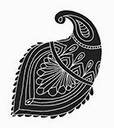Javad at Sotheby's
| Period | Location | Curator |
|---|---|---|
| 17–19 February 2015 | Sotheby’s, London, UK | Farah Piriyeva |
SPIRITUAL
“Both worlds can fit within me,
but in this world I cannot fit
I am the placeless essence,
but into existence I cannot fit”
Nesimi, 14th-century Sufi poet, Azerbaijan
OVERWHELMING THE SPACE
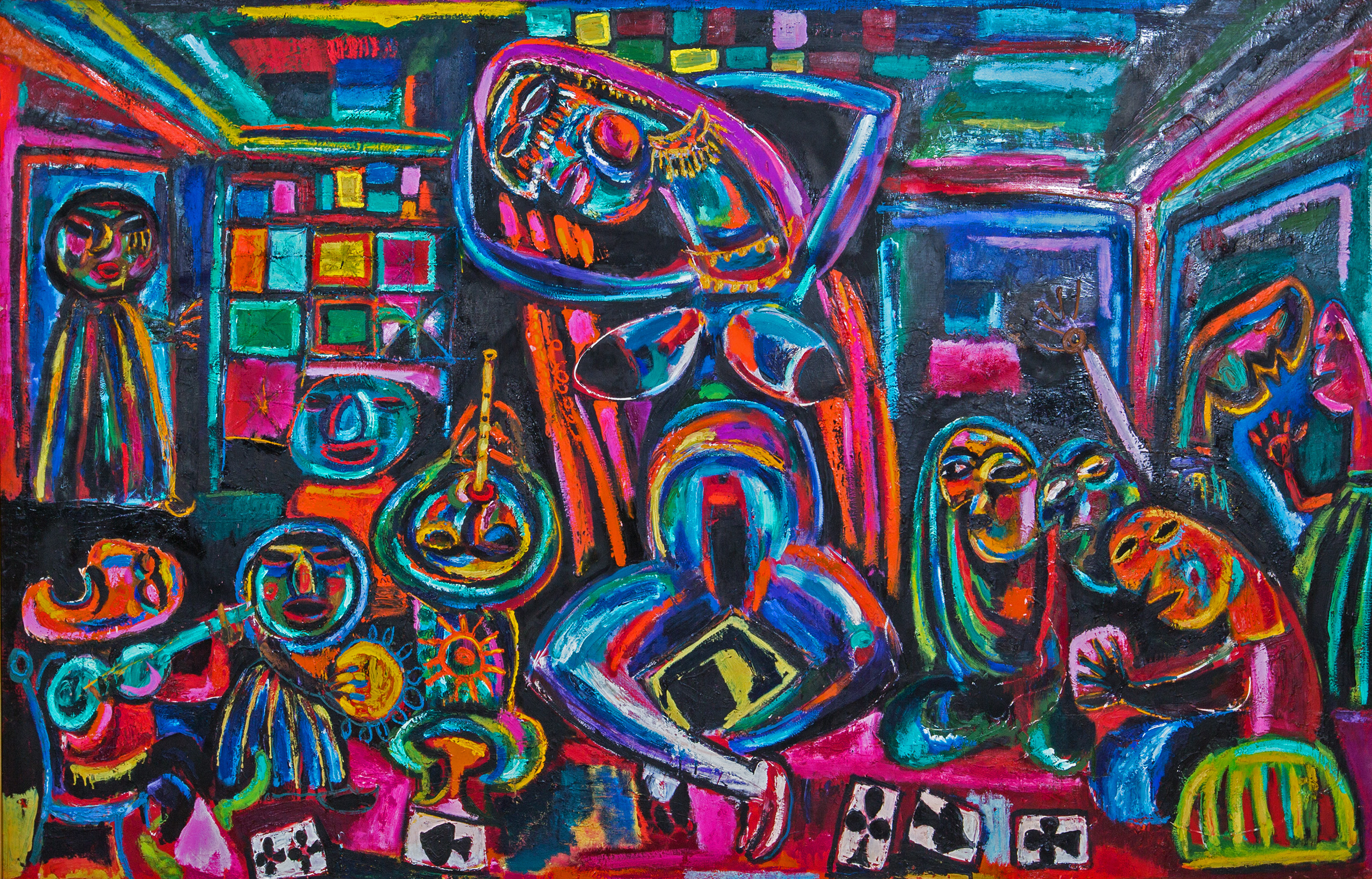
House of Fools
1980, Oil on canvas, 180×283 cm
Private collection Baku
«His time has not arrived yet» was continuously repeated by those few who supported and admired Javad MirJavadov’s body of work. They believed that his way of thinking was very different from that of his contemporaries and that he belonged to the future. Indeed, MirJavadov was too big for the world he lived in, too massive in the scale of his thought, the brightness of his vision and the boldness of his brushstrokes. MirJavadov himself considered that the place and time he happened to be born in was collapsing, accepting the fact that a big fall was inevitable in order to rise again, maybe even hundreds of years later. Perhaps this is what the artist wanted to say in his monumental canvas Noah’s Ark, making the biblical flood story bigger on a planetary level. Just like Noah, MirJavadov builds a large ship to assemble all of his magical characters, suns and stars transmigrate into another galaxy, because the one within which he existed was too narrow.
Noah’s Ark
1987, Oil on canvas, 280×200 cm
Private collection Baku
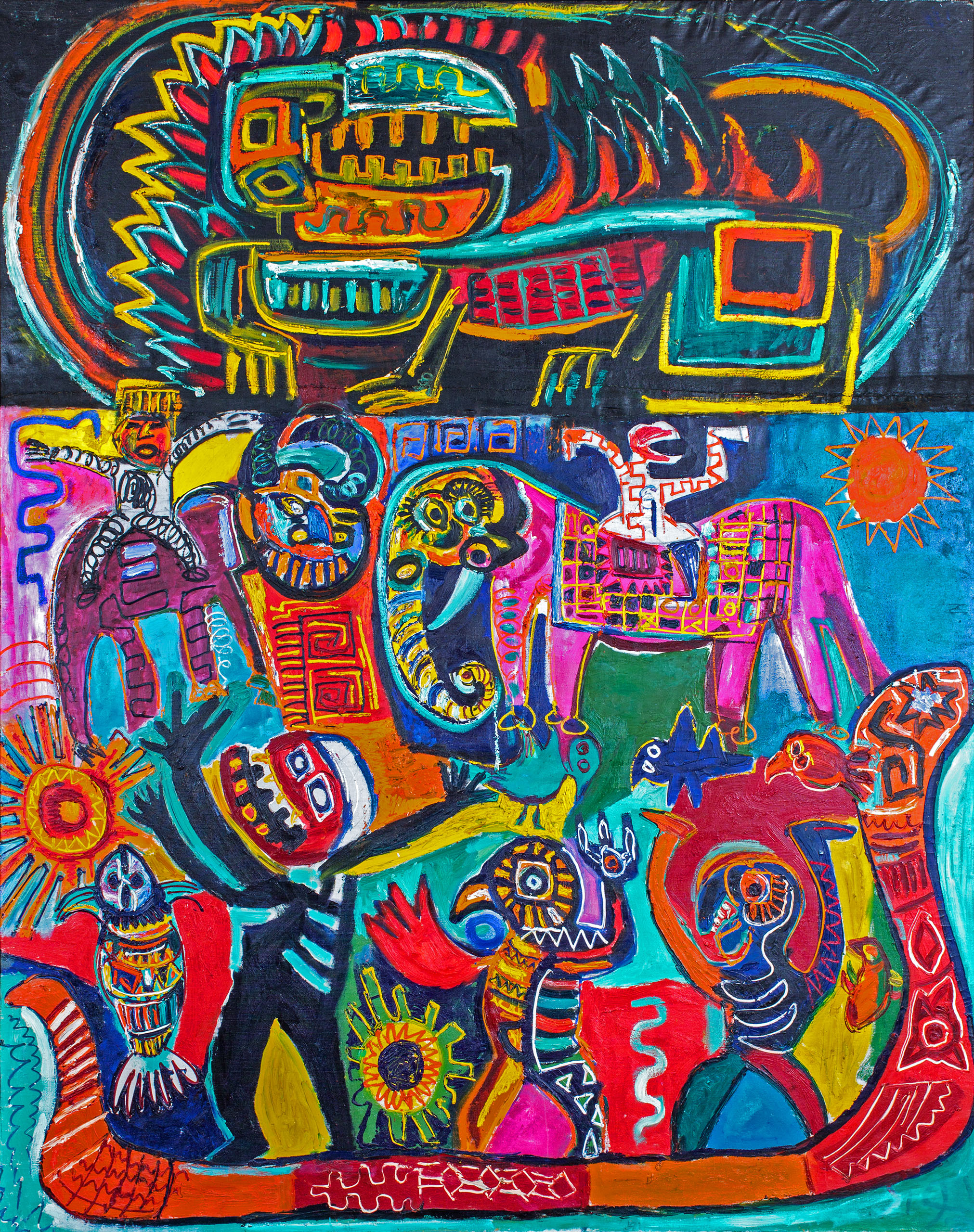
MirJavadov looked towards freedom of speech, progress and tolerance. Positioning himself as categorically opposed to the Soviet regime and its only acceptable stylistic direction Socialist Realism, he was deprived of his artistic freedom, being abandoned and isolated by society. The system saw a rebel in MirJavadov, his extraordinary individuality frightened the state. For many years, the artist was left without any income, therefore neither power nor voice. Given the choice between buying a canvas and some paint or getting a plane ticket from his native Baku to Moscow, where he could possibly join some more powerful non-conformists, he always chose art over fame.
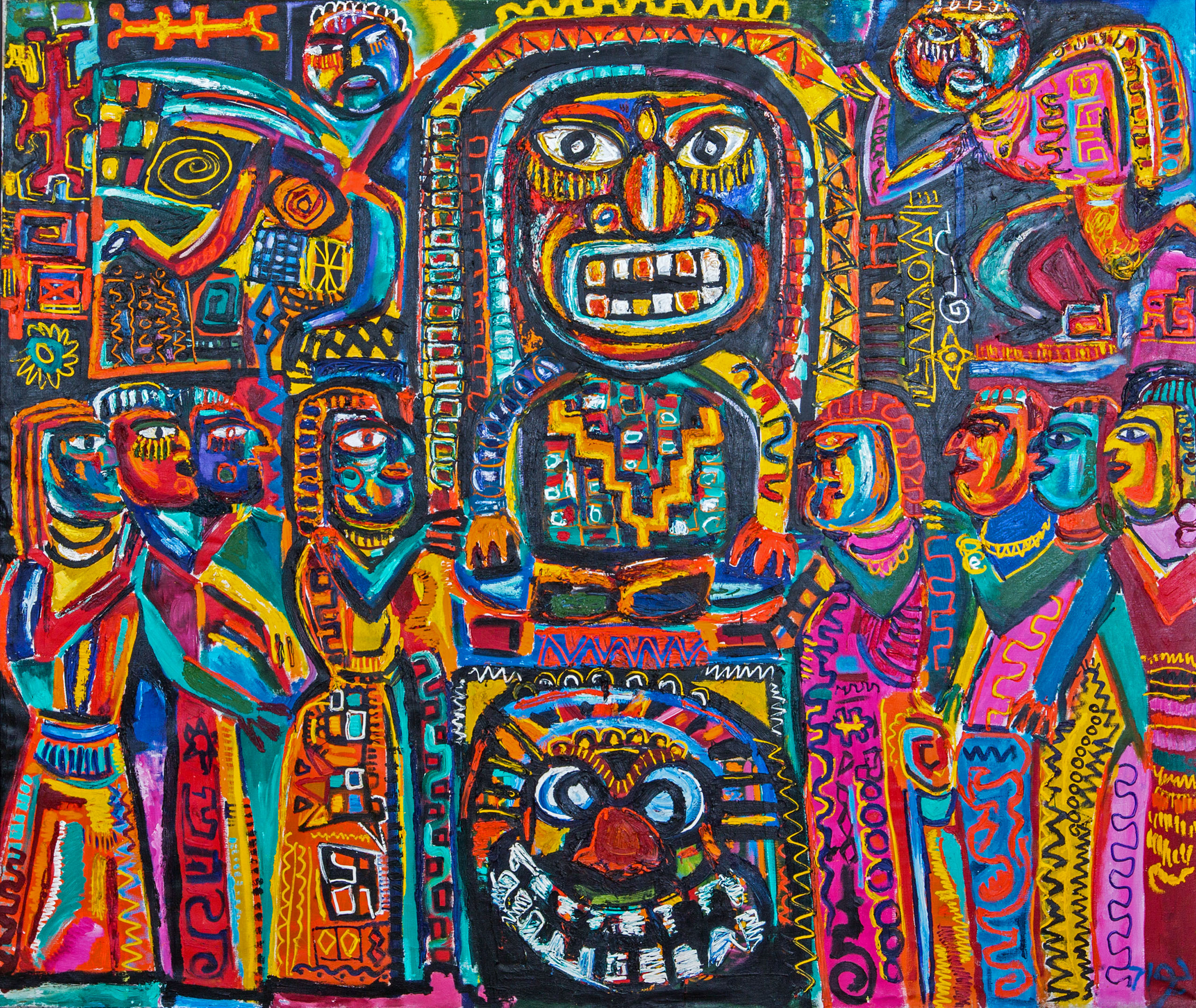
Masquerade
1987, Oil on canvas, 205×245 cm
Private collection Baku
In addition to the tremendous influence of Western European art — which MirJavadov had access to in the storage of the Hermitage museum during a stint in Leningrad, along with a unique chance to study originals by Rembrandt, El Greco, and the forbidden pieces by Van Gogh and Cezanne — he had a deep connection with folk traditions. His characters resemble those depicted in tribal art and Eastern miniatures; the moods come from shamanistic rituals, as well as African, Oceanic, Indonesian and Middle Eastern cultures.
Mother of God
1987, Oil on canvas, 192×150 cm
Private collection Baku
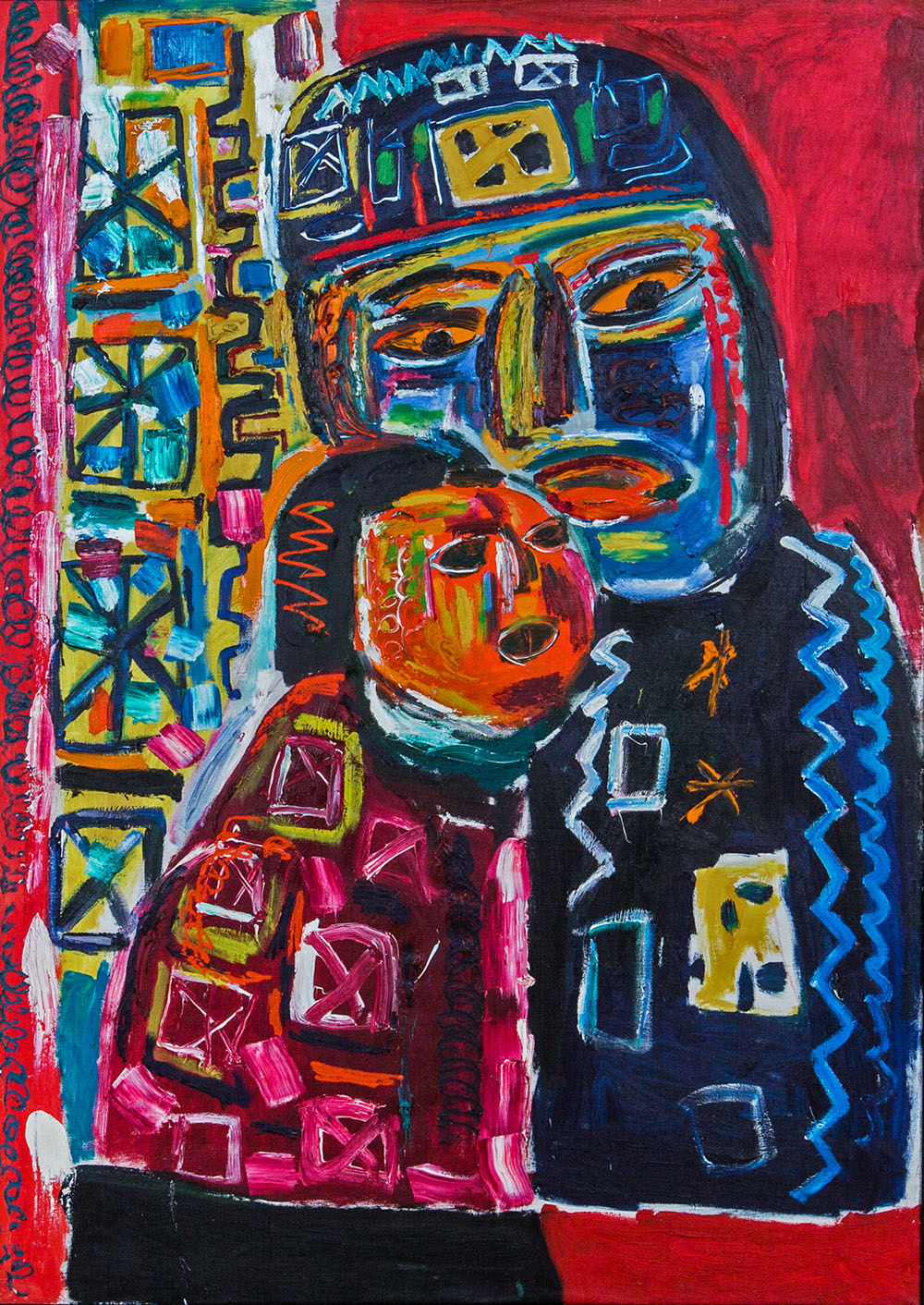
In his writing, MirJavadov declared that Azeri carpets inspired him; in their ornamental shapes, he read hidden codes and symbols, which he wished to decipher. Rhombus, spiral, meander, square, zigzag were not just patterns for the artist, but elements of time and space, cosmogonic order and astral reflections. «Each of my paintings is not the reflection of the world — it is the world itself.» He was slowly building his own micro-planet, where his characters revolve in massive processions, earth bulges, animals mutate; where demons and beasts feast and dance in the darkness, where midgets and monsters celebrate the ascension of a new sun. «In my work I tried
to express the ambiance of the caves, the volcanoes, the outlines of the mountains, their monumental forms and dynamics ... I was happy!»
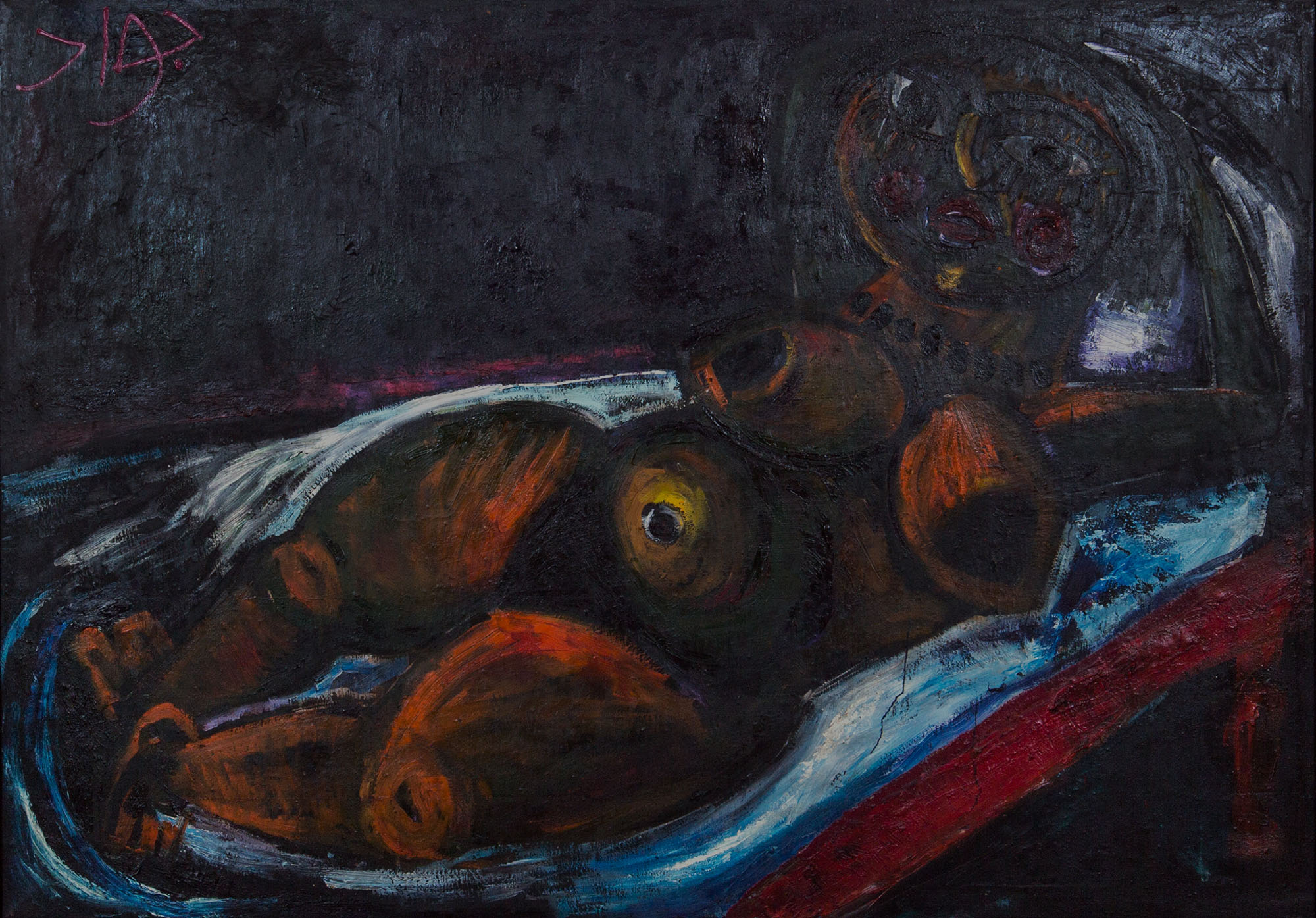
On the Red Sofa
1973, Oil on canvas, 210×150 cm
Private collection Baku
Nevertheless, MirJavadov’s body of work is not just a figment of his rich imagination, but an allegorical artwork, a mirror reflecting the sins of modern society. Just like in the profound satire of François Rabelais whom MirJavadov admired, Masquerade carries a strong subtext, the artist derides the vices of humanity, showing fornication, immorality, greed, hypocrisy. The sinful angels and souls are hiding behind the masks. In House of Fools, the artist sees himself as the main figure, dominating those constantly feasting and gambling fools who continuously brought ignorance and inertia, therefore darkness and destruction, into society. There is not enough room for the giantess to proceed with her meditational dance and spiritual self-discovery.
The Father and Son
1987, Oil on canvas, 200×138 cm
Private Collection London
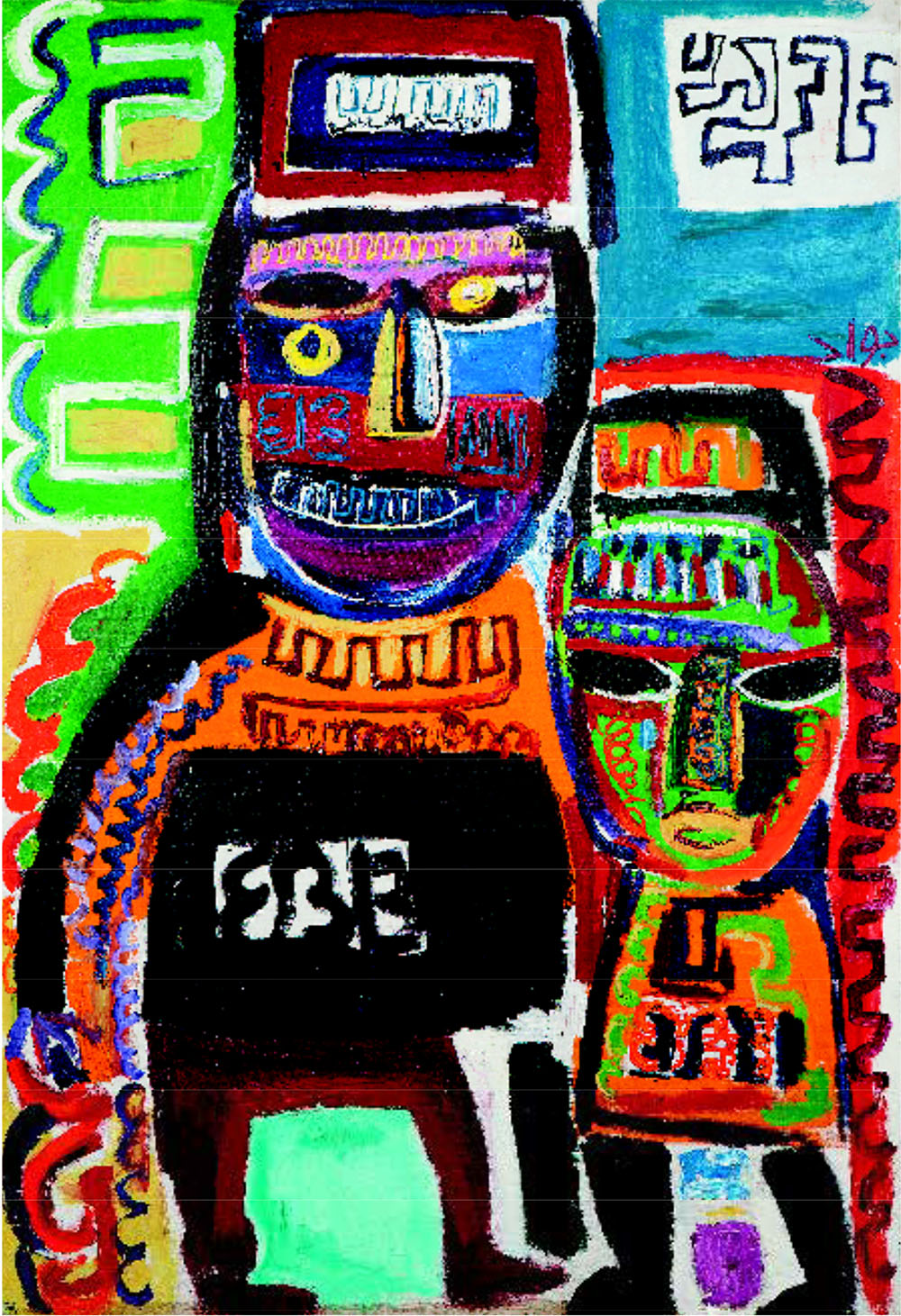
Despite the fact that in his last five years MirJavadov was suffering from a very rare type of cerebral atrophy which only nine people in the world had, his hypnotizing power never stopped. He admired Zoroastrianism and worked under the auspices of sun and fire, carrying their light and heat within himself until the very last day. MirJavadov’s aim was to bring that glow and colour into the all-consuming greyness of the Soviet epoch. He always quoted the words of his beloved Cezanne, «Colour is the place where our brain meets the universe». MirJavadov was generously sharing with us his own universe — spiritual, catastrophically grotesque and phantasmagoric.
Farah Piriyeva, curator
